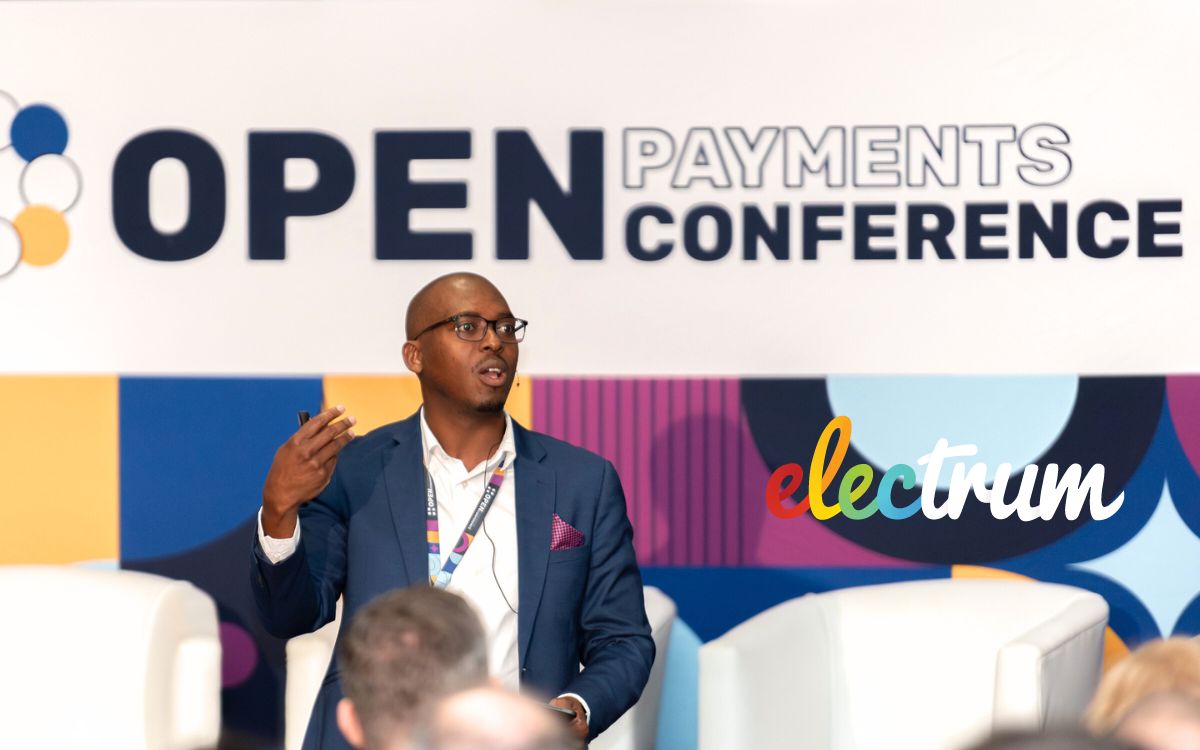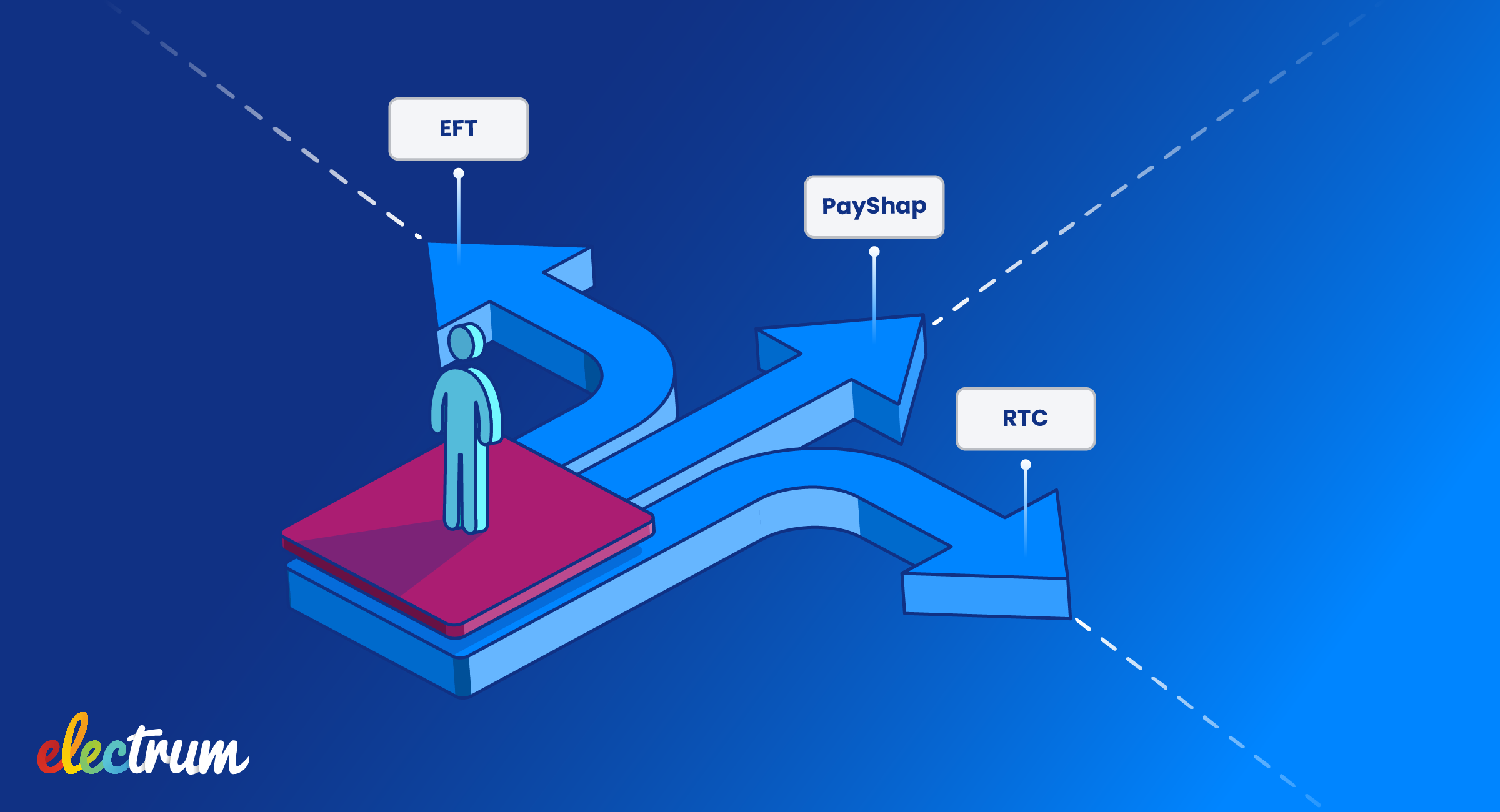
The payments industry has been abuzz with chatter about the opportunities presented by PayShap since its launch. At the Open Payments Conference, BankservAfrica’s Acting Head of Real-Time Payments, Mpho Sadiki, gave a presentation on the future of the Rapid Payments Programme (RPP). We caught up with him afterwards to further unpack what PayShap means for payments modernisation in South Africa.
Vision 2025, which PayShap was born from, lists nine main goals the payments industry should aim to reach. Do you believe the launch of Payshap has helped to start achieving these goals?
“Yes. We are driven by a common vision, right? That is where this foundational thinking started from. Asking ourselves how we, as an industry, can move forward to a world where payments modernisation materialises through driving some of the key Vision 2025 goals. So far, PayShap has touched on four notable goals, namely: promoting competition, financial inclusion, cost efficiency, and interoperability.
I think what is important to acknowledge is that this journey began with a collaborative effort from the industry, jointly working towards achieving instant payments.”
Now that the roll-out of PayShap has begun, what are some of the emerging methods of driving market adoption?
“Market adoption, for me, comes in two forms - both of which require encouragement and working together:
For an innovation, you’ve got to meet customers where they are, even if that’s in the taxi ranks, in the malls, and all of those places. Customer education is an important piece of the puzzle. As more banks get onboarded on the platform and engage consumers in this way, the network effect will start to kick in. Customer understanding of payment by proxy (known as ShapID) will expand and they’ll also get more comfortable with the idea.
That’s not where it ends, though. There are some fundamentals we need to get right when it comes to driving adoption - linked to forming effective partnerships and championing collaboration between the payments ecosystem partners, banks, and non-bank payments processors. ”
In addition to conducting awareness drives in the informal sector, are there plans to make PayShap accessible for transactions in the informal economy (for example, in your taxi use case)?
“Payshap is built to address a number of payment use cases, including: person-to-person, person-to-merchant, bank-to-merchant, government-to-person/business, and business-to-business. We believe our launch capability addresses both person-to-person and person-to-merchant payments use cases, and thus the use cases above are catered for.”
It is a widely-known fact that cash is the leading payment method in South Africa. What is BankservAfrica eventually hoping to achieve through PayShap, as it relates to the use of cash?
“It’s not about removing cash, because we’re never going to do that. I think it’s an impossible task. But we can build a modern, real-time, cloud-based platform that can provide an alternative payment method to cash. Rather than being a replacement, PayShap is designed to be a viable, human-centric digital alternative to cash.
In building PayShap, we also asked ourselves how we could introduce a platform that would allow our banking partners to modernise their payments for the future.”
An Open Payments Conference delegate posed a question at the end of your session around barriers to ease-of-access, specifically on bank apps. Does BankservAfrica intend to make prescriptions related to standardising the user experience?
“There are foundational design principles surrounding user experience that we encourage banks to adopt. The interpretation will always differ across banks because each one has a unique way of approaching user experience.
I think that over time, competition will play out and the banks that get the user experience right will probably get more of that initial market share. So, there are foundational design principles, but we’ve allowed for competition to take effect.”
You said PayShap was built with the future in mind - what are some of the features banks and retailers can expect in the near future?
“The celebration of taking PayShap into the market earlier this year was just the beginning. To start with, we went to market with two product features:
-
Paying by proxy, which enables users to share their ShapIDs and send money to one another through them, both from within the same bank and with other participating banks, using mobile numbers; and
-
Instant payments, which come with immediate notifications and irrevocable posting of funds.
We’ve included some foundational fraud and risk management capabilities, but throughout the next release cycles, we’ll be adding enhanced financial crime, fraud, and risk management capabilities. In the first half of next year, we’ll also be enabling request-to-pay, which will run off the back of the proxy. It will operate more or less like a pull-payment transaction, where the payee triggers a request to the payer’s proxy, then the payer approves.”
What do you suppose will ultimately contribute to the success of PayShap?
“Interoperability through adding more participants to the platform, market adoption by customers, innovation on various use cases, and effective risk and fraud management. If we get all those things right over a period of time, we’ll scale.
But the discussion doesn’t stop there. Discussions are currently happening to look at enabling non-bank participation in payments. Improving the industry offering as a whole means that institutions and businesses will eventually be able to accept whichever form of value or payment from customers to fulfil transactions.”
The introduction of instant digital payments is a major step towards modernising South Africa’s payments market. Follow our RPP blog page to stay up to date with the journey as it continues to unfold.

About Mpho
At the time of publishing this blog, Mpho Sadiki was the Chief Product Officer and Acting Head of Real-Time Payments at BankservAfrica. He is a seasoned payments professional with over 14 years of payments innovation experience across various wholesale and retail payments products and solutions, ranging from real-time payments to card and payments acceptance, among others.
Mpho holds a Master of Business Administration from Wits Business School, and also completed two extended degree programmes - one from Institut Européen d'Administration des Affaires and another from Duke University. Before joining BankservAfrica, he spent years serving in executive roles at Nedbank.
You can also follow Mpho on LinkedIn to stay up-to-date with the latest advances in the RPP space.
Electrum Software
Electrum is the next-generation payments software company, powering payments for banks and retailers. Since 2012, we have established ourselves as a respected software partner through our deep expertise and track record in delivering trusted cloud-native payments solutions.
Electrum Newsletter
Quarterly insights and news to help you keep up with the latest changes in the payments landscape







